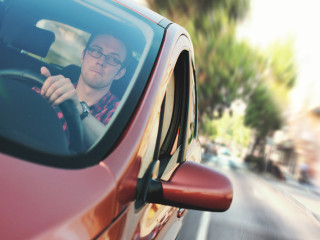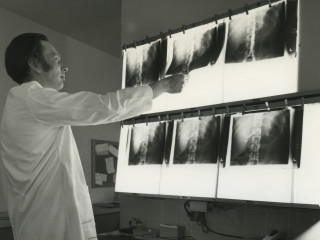Released November 24, 2015 | Full Decision
This claim for damages arose from a motor vehicle accident on New Year’s Eve 2001. The plaintiff left her place of work and drove southbound on Erie Street in Ridgetown. She realized that she had left something behind at work. She began to turn left into a private driveway in order to turn around. As she was turning, she was hit from the rear by a pick-up truck driven by one of the defendants. The plaintiff suffered injuries in the crash.
Damages were settled and liability remained in issue. During the 14 years since the crash, two trials took place to determine responsibility for the collision. The first trial judge held that the pick-up truck driver was 100 percent at fault. The pick-up truck driver appealed. The appeal was allowed and a new trial ordered. The second trial judge, Patterson J., apportioned 50 percent liability to both parties.
The plaintiff appealed Patterson J’s verdict to the Court of Appeal. The second trial judge held that each party was 50 percent responsible because the plaintiff did not check her blind spot or mirrors before commencing her turn and because, if she turned on her left turn signal, she did so too late when taking into account the weather conditions.
The plaintiff argued at the Court of Appeal that there was no evidence that she was negligent at all. Epstein J.A., writing for a unanimous panel, held that the record supported the findings of Patterson J. that the plaintiff had started her left turn before the accident took place and that she did not check her mirrors or blind spot before turning. The Court held that it follows that the plaintiff breached s. 142(1) of the Highway Traffic Act and that she failed to ensure that she could turn safely before initiating her turn.
The plaintiff also argued at the Court of Appeal that even if she was negligent, her negligence was not causally connected to the accident and the second trial judge erred by assigning 50 percent responsibility to her. The Court of Appeal noted that the trial judge’s apportionment of liability should not be interfered with unless there was a demonstrable error in the trial judge’s appreciation of the facts or applicable legal principles.
The Court of Appeal held that because there was no indication that the second trial judge considered whether there was any causal connection between the plaintiff’s negligence and the collision, he had committed a demonstrable legal error by finding the plaintiff contributorily negligent without considering the critical issue of causation. The second trial judge’s apportionment of liability was therefore not entitled to the deference that it would normally attract.
The Court examined the record and concluded that by not checking her mirrors and not signaling in time to warn the defendant of her intention to turn left until it was too late, the plaintiff was negligent, and her negligence contributed to her loss. However, in all the circumstances, the Court of Appeal held that the defendant driver should be held 90 percent responsible for the collision and the plaintiff 10 percent responsible.
The Court of Appeal noted that in coming to this conclusion it was employing the pragmatism endorsed by the Supreme Court of Canada in Clements, having regard to the resources the parties have expended as they turned to the courts for assistance in resolving the issue of liability.
Appeal allowed, Judgment of Patterson J. set aside, replaced with a Judgment in accordance with the reasons of Epstein J.A. Costs of the appeal to the plaintiff awarded at $20,000 inclusive of disbursements and taxes.
Plaintiff/Appellant’s counsel: Nicolas M. Rouleau.
Read the full decision on CanLII








